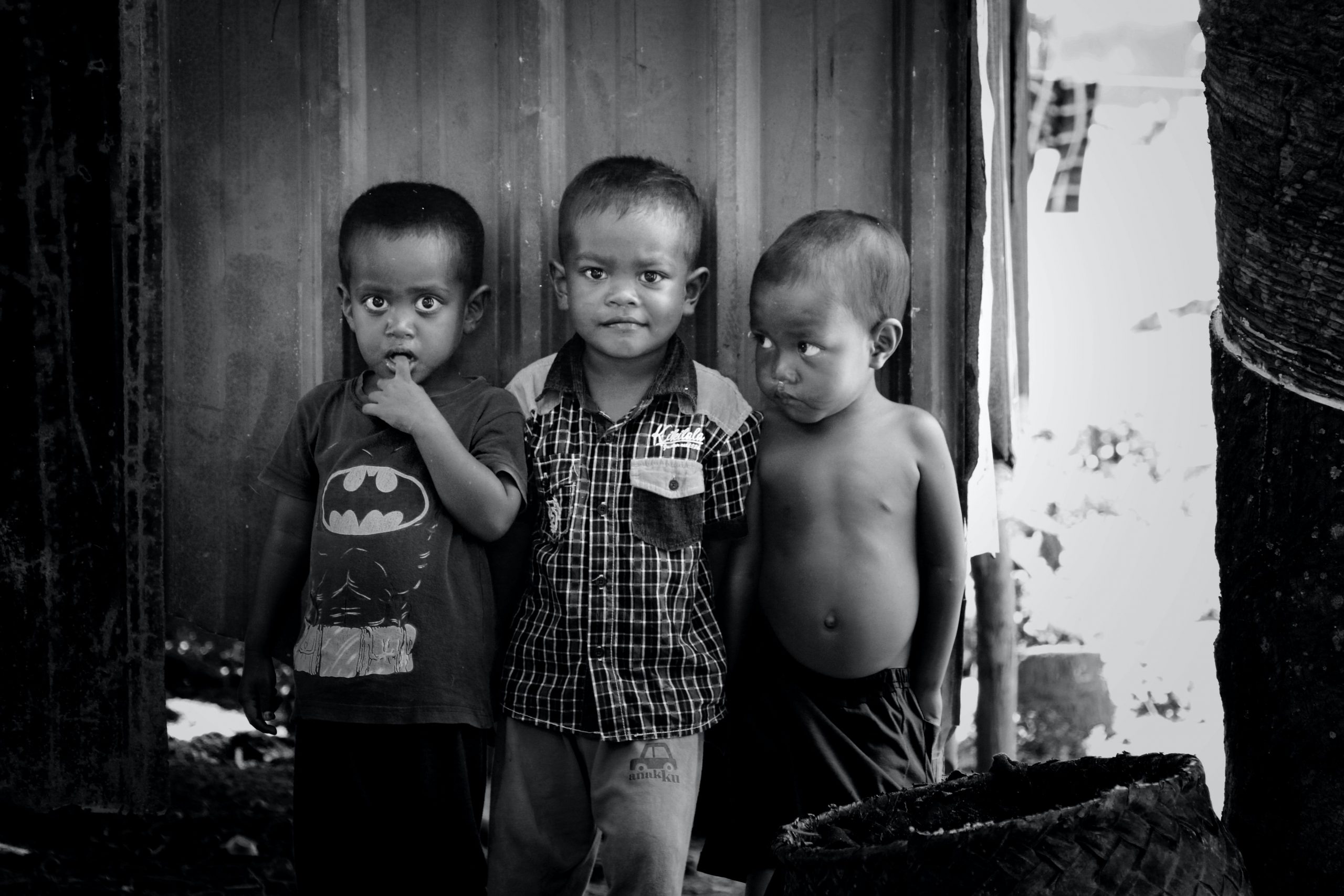India has dropped from 101st to 107th place in the Global Hunger Index (GHI) in 2022. Concern Worldwide and Welthungerhilfe worked together to create the GHI, which assesses and tracks hunger on an international, local, and national scale.
India is ranked behind its neighbours Nepal (81), Pakistan (99), Sri Lanka (64), and Bangladesh (121) among the 121 nations on the GHI (84).
The Global Hunger Index (GHI), which ranks countries based on severity, has assigned India a score of 29.1, placing it in the ‘serious’ category of hunger.
Also Read| India slips from 101 rank to 107 in Global Hunger Index 2022, behind Nepal and Pakistan
Here are 5 reasons why India trails in Global Hunger Index:
1) Undernourishment
In India, the prevalence of malnutrition increased from 14.6% in 2018-2020 to 16.3% in 2019-2021. This equates to 224.3 million undernourished people in India out of a total of 828 million worldwide.
Child malnutrition in India has frequently been blamed on historical factors such as poverty, inequality, and food scarcity. Countries with similar historical and societal makeup, as well as comparable per capita income, fared much better.
2) Child wasting
Child wasting, a strong predictor of mortality in children under the age of five, has also increased from 15.1 percent in 2012-16 to 19.3 percent in 2017-21.
The high proportion and number of severely wasted children are a result of women’s poor nutritional status during pregnancy, poor breastfeeding and feeding practises, a lack of sanitation and hygiene, limited access to quality health services, and food insecurity.
Getting enough nourishment during the first 1,000 days of life is vital for a child’s health, which affects how long they live. Therefore, it has a disproportionately negative direct impact on the nutrition of the most vulnerable when access to a minimum acceptable diet is not satisfied.
Also Read| Karnataka to hike SC/ST quota through Constitutional amendment
3) Agriculture output
Agriculture output from small and marginal holdings is either stagnant or declining due to factors such as decreased soil fertility, fragmented lands, and fluctuating farm produce market prices. Almost 50 million Indian households rely on these small and marginal holdings. Despite the fact that we have an abundance of food, most small and marginal farming households do not produce enough food grains for year-round consumption.
4) Relative Income
One group of people’s relative income has been dropping. This has a negative impact on their ability to purchase enough food, particularly at a time when food costs are on the rise.
Third, there are less opportunities to find lucrative work or the type of labour that a certain group of individuals has been doing is less financially rewarding.
In the past year, the number of people living in poverty with daily wages of less than $2 has more than doubled. According to the World Bank, the recession brought on by the epidemic has caused this figure to increase by 75 million. Naturally, the less affordable, but nutritionally richer, food is no longer consumed by the poor. This will probably make India’s undernutrition situation worse. Unless individuals have the necessary purchasing power, the abundance of food on the market will not end hunger.
Also Read| APJ Abdul Kalam birth anniversary: List of awards and honours received by ‘People’s President’
5) Public Distribution System (PDS)
Since the lockdown in 2020, the Public Distribution System has proven to be a lifeline for millions of people, but there are ongoing worries about its countrywide coverage. The Public Distribution System should serve 67% of the entire population, according to the National Food Security Act.
This should cover at least 90 crore individuals based on the current population. However, in actuality, only 80 crore individuals, or about 59% of India’s entire population, are included. The research also reveals that 40 crore individuals are completely excluded from the Public Distribution System, while 5.1 crore people only have restricted coverage.







